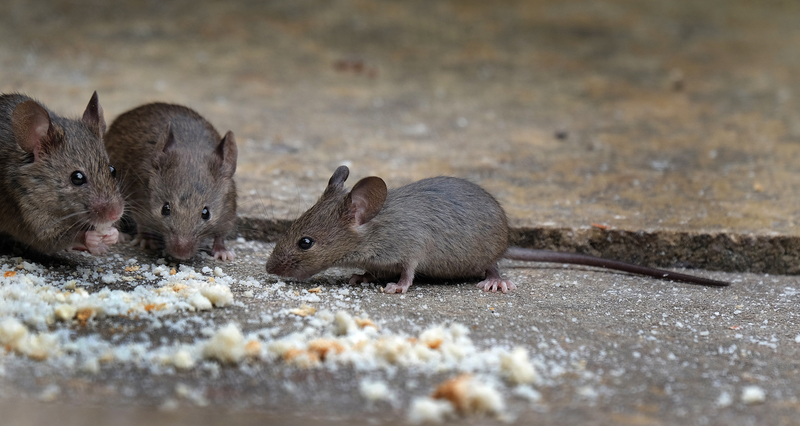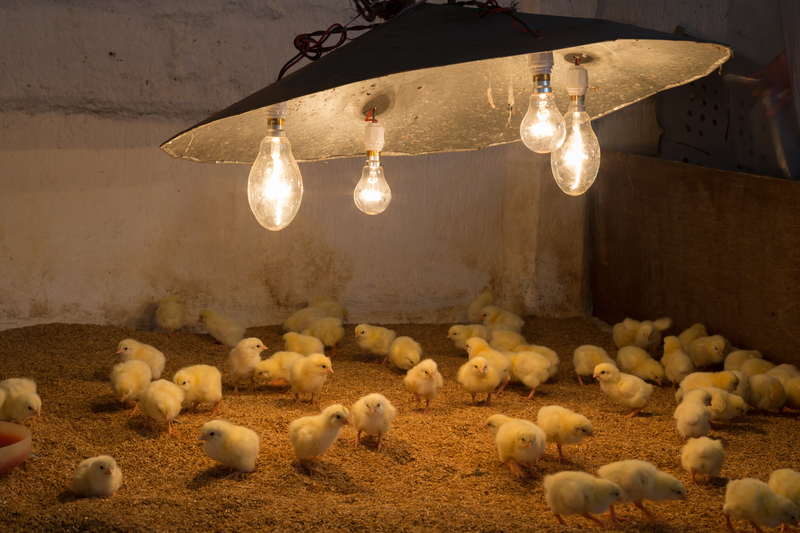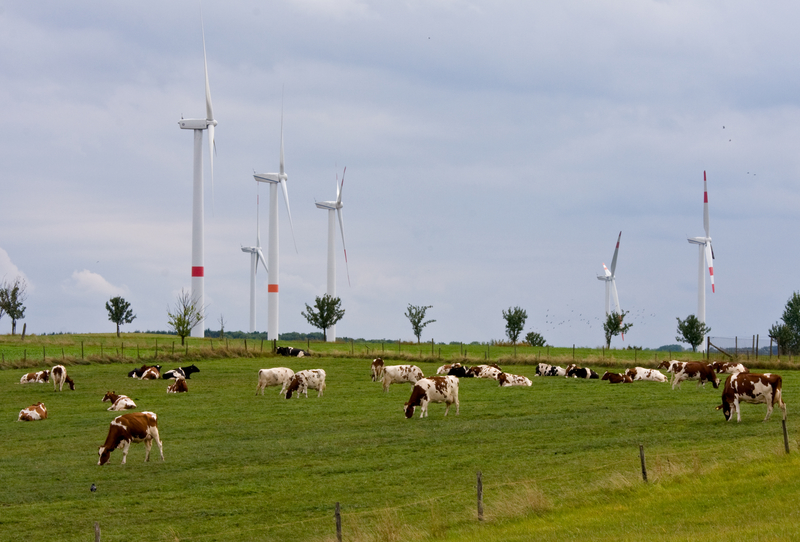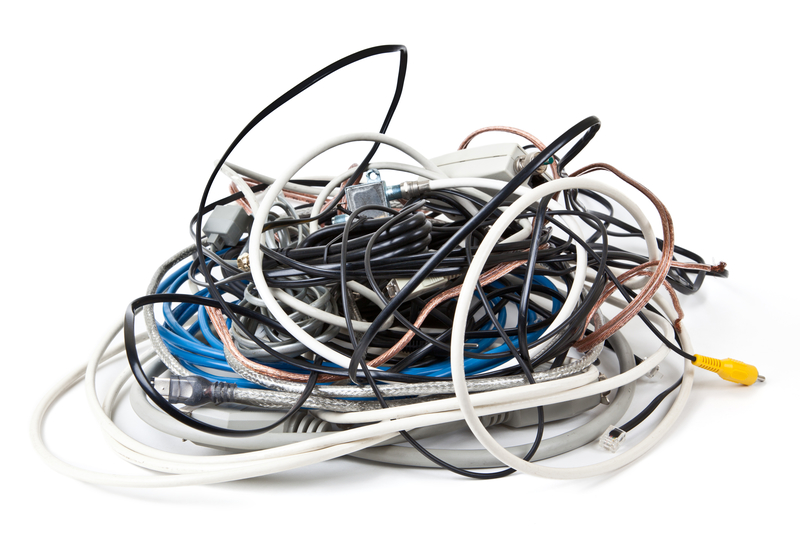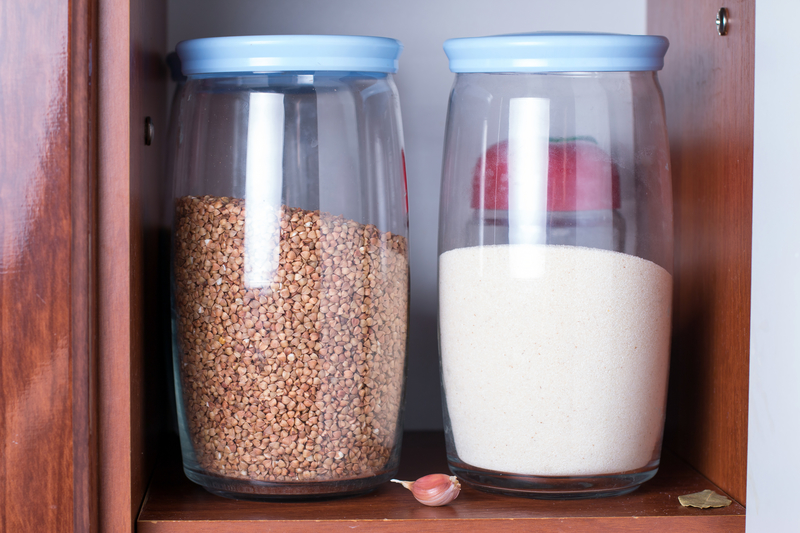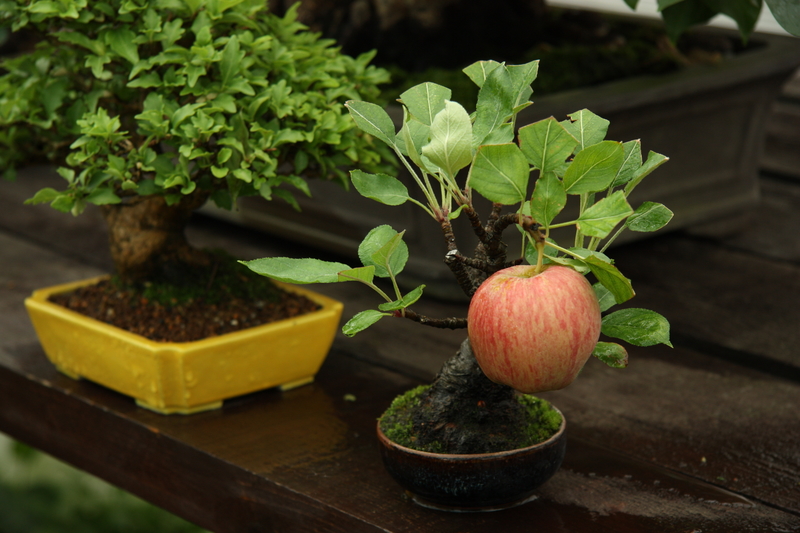8 Simple Ways Baking Soda is the Forgotten All-Purpose Tool
You can go through just about any kitchen in the world and find a box of baking soda. It’s one of the most widely used ingredients for cooking, cleaning, and even various beauty regimens. While the standard teaspoon required for baking is why most people have it, there are plenty of other uses for … Read more


